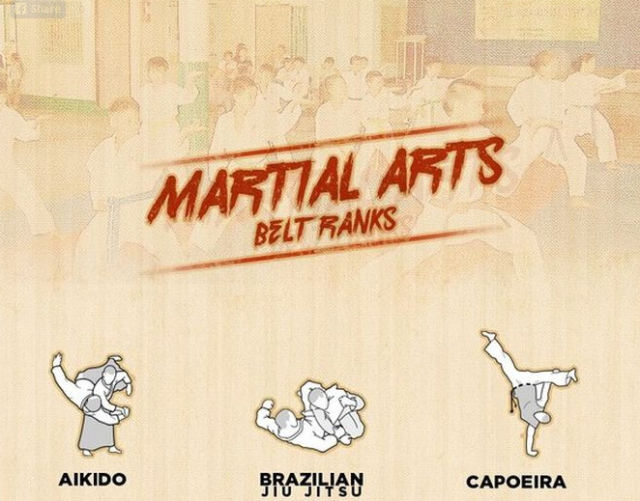The Worldwide History And Improvement Of Martial Arts
The Worldwide History And Improvement Of Martial Arts
Blog Article
Content By-Egeberg Liu
Martial arts have a fascinating history that covers centuries and continents. You may locate it appealing just how ancient techniques like Shuai Jiao and Kalaripayattu laid the groundwork for modern-day fight techniques. These disciplines not just emphasize physical skills but additionally show the cultures that birthed them. As you discover their advancement, take into consideration how globalization has actually transformed these typical forms right into crossbreed styles. What impacts do you believe have shaped today's martial arts landscape?
Ancient Martial arts: The Foundations of Battle
As you look into the globe of ancient martial arts, you'll uncover the rich foundations that shaped battle strategies throughout societies. Very early practices focused on Self-Defense and survival, usually including strikes, grappling, and weapons.
In ancient China, for example, methods like Shuai Jiao emphasized throws and joint locks, while India's Kalaripayattu showcased dexterity and fluid activity. Japanese samurai established Kenjutsu, a refined swordsmanship that highlighted technique and technique.
These martial arts offered not just for battle yet likewise as a way of individual advancement, instilling values like respect and perseverance. The mixing of these methods with time laid the groundwork for the varied martial arts you see today, each showing the unique ideologies and requirements of its society.
The Social Influence on Martial Arts Growth
While martial arts often reflect the practical needs of a culture, they also symbolize the cultural values and beliefs of their beginnings. When seronio kajukenbo discover different martial arts, you'll see exactly how they're influenced by religion, ideology, and social norms.
As an example, the emphasis on regard and self-control in Japanese martial arts originates from Zen Buddhism and samurai society. In contrast, Brazilian Jiu-Jitsu promotes versatility and strategy, shaped by the requirement for efficiency in a diverse, multicultural atmosphere.
martial arts belt display may discover that the rituals, uniforms, and training techniques show a community's history and identification. By understanding these social impacts, you strengthen your gratitude of martial arts and their function in shaping human experiences around the world.
Modern Adaptations and the Globalization of Martial arts
Martial arts have changed considerably in current decades, adapting to contemporary society and global impacts. You'll observe that conventional types have blended with modern-day strategies, creating hybrid styles like MMA. These adjustments cater to varied target markets, making martial arts accessible and enticing around the world.
With the rise of social media and electronic systems, you can find tutorials and competitions from all edges of the world, damaging geographical obstacles. This globalization has caused a shared admiration for numerous self-controls, from Brazilian Jiu-Jitsu to Taekwondo.
As you involve with these arts, you'll understand they're not just about combat; they advertise fitness, self-control, and psychological wellness.
Inevitably, modern-day adjustments have enriched the martial arts landscape, making it a dynamic and advancing technique.
Conclusion
In discovering the history and evolution of martial arts, you discover a remarkable blend of strategies, cultures, and viewpoints. From ancient techniques like Shuai Jiao and Kalaripayattu to the contemporary adaptability seen in mixed martial arts, martial arts mirror mankind's pursuit for Self-Defense and personal growth. As you involve with these practices, you not only get abilities but additionally a much deeper admiration for the diverse traditions that shape our world today. So, continue your journey and embrace the art of combat!
